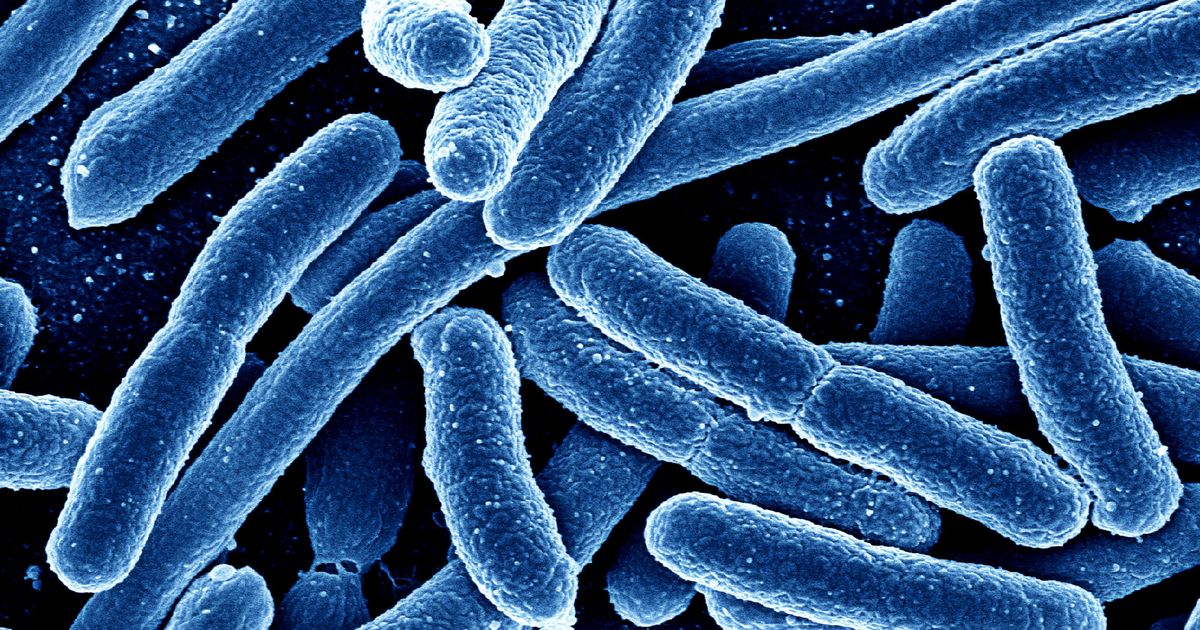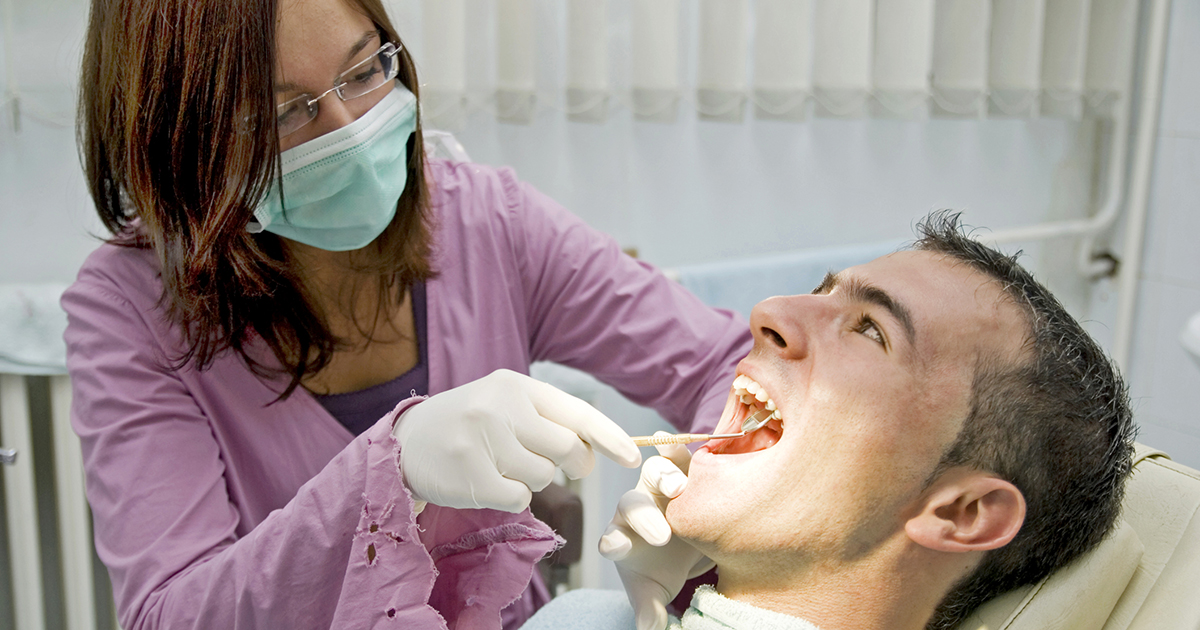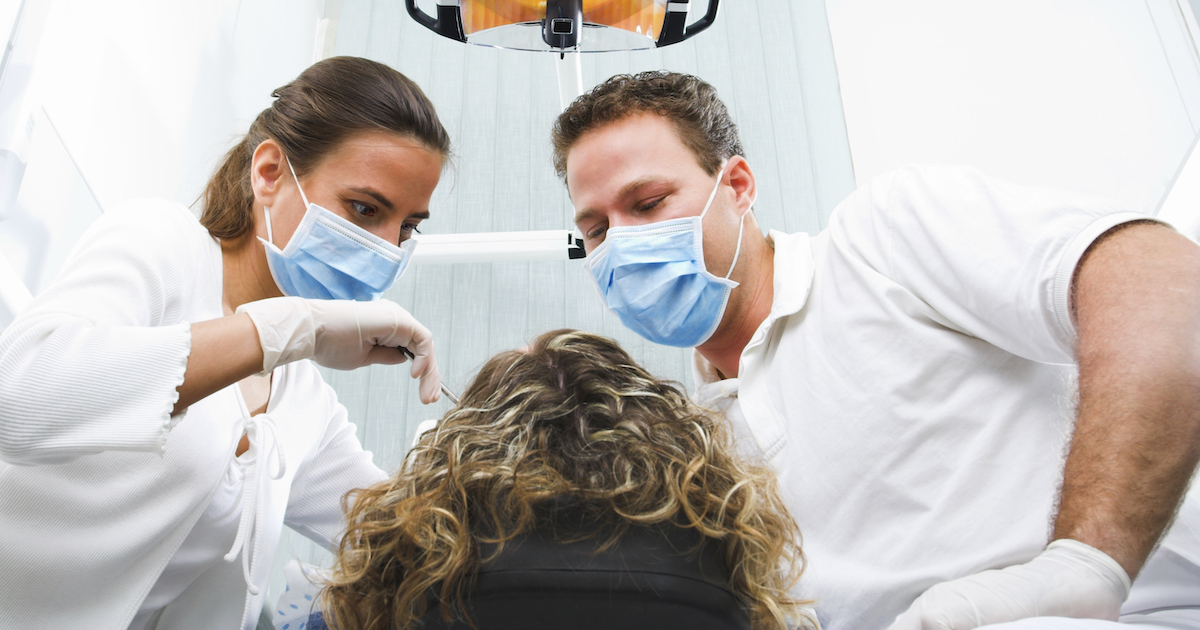Common Causes And Risk Factors Of Pericoronitis
Pericoronitis is a type of dental disorder pertaining to the wisdom teeth. It occurs when the gum's tissue becomes infected and swollen around the teeth. Most individuals get their wisdom teeth in their early twenties or late teens, and they're the last set of molars that grow in. Typically, pericoronitis occurs when there is an opportunity for bacteria to cause infection around the wisdom teeth. Symptoms tend to include pain, infection, gum tissue swelling, lymph node swelling, and trouble opening the mouth. A diagnosis is typically made after your dentist examines the wisdom teeth. If you experience painful swelling in your cheek, jaw, or tooth, get in contact with your dentist as soon as possible so they can begin treatment.
Accumulation Of Bacteria

Pericoronitis occurs when there's an accumulation of bacteria around the wisdom tooth. In some individuals, wisdom teeth don't erupt fully. Instead, they only partially break through the gums. The opening allows bacteria to accumulate surrounding the tooth, which results in an infection. Sometimes, the condition is caused by plaque or food becoming trapped underneath the gums surrounding the tooth. When the irritant stays there, it can lead to the development of pericoronitis. In severe cases of the condition, patients might experience infection and swelling in their neck and cheeks as well as their jaw. If the swelling doesn't spread, the best treatment is to rinse out the mouth with somewhat warm salt water. You should also check to be sure there's no food trapped beneath your gum flap.
Young Adults With Poorly Erupting Wisdom Teeth

Young adults with poorly erupting wisdom teeth are at an increased risk of developing pericoronitis. When the wisdom teeth only partially move through the gums, there's an opening left behind that allows bacteria to fester. Some young adults experience a recurrence of the infection or more severe inflammation. In these cases, the dentist might recommend oral surgery that removes either the affected wisdom tooth or the gum flap. In addition, inflammation and pain might be reduced through the use of a low-power laser. There are many ways tooth position might lead to pericoronitis. The most common one is with the partial eruption causing an opening for bacteria. Also common is when a tooth bites into an individual's operculum, which exacerbates pericoronitis.
Difficulty Accessing The Wisdom Teeth

Pericoronitis is more likely to occur in individuals with difficult access to wisdom teeth. The main way to prevent bacteria and infections is by brushing your teeth twice daily. However, some individuals may have a hard time reaching their wisdom teeth, especially if they're partially erupted or misplaced. This means rather than clearing plaque and bacteria away, the bacteria has a chance to multiply and cause an infection. Pericoronitis might also be caused if you have a hard time accessing your gum flap or freeing trapped particles underneath it. When individuals have extra teeth in the mouth, it's more likely pericoronitis will occur. The condition can be prevented by removing impacted wisdom teeth before they have a chance to erupt.
Excess Gum Tissue Over Wisdom Teeth

When there's excess gum tissue over wisdom teeth, the chances of bacteria accumulating are higher. The excess tissue may trap plaque and food in the flaps. In addition, excess gum tissue might make the wisdom teeth difficult to access with a toothbrush. This turns the tooth into a breeding ground for bacteria.
In many cases, excess tissue is combined with partial eruption. The soft tissues surrounding the tooth tend to become chronically inflamed. In some cases, the inflammation may not even cause symptoms. However, patients might suddenly experience symptoms if new food or plaque becomes trapped in the infected area. In addition, compromising the immune system can also lead to symptoms, as the body will stop keeping the chronic infection manageable.
Partially Erupted Wisdom Teeth

Partially erupted wisdom teeth are the main recognized cause of pericoronitis. Wisdom teeth that only partially break through the gums can increase the likelihood of bacterial infections. In many cases, partial eruptions occur when there isn't enough space in the mouth for a full eruption. Alternatively, a poor angle of eruption might cause the teeth to become impacted. In cases of impacted wisdom teeth, the dentist will most often recommend having the teeth removed through oral surgery.
The main way to prevent pericoronitis from developing is by removing impacted wisdom teeth before their eruption. There is some debate in the medical community over when wisdom tooth removal is an appropriate action. Pericoronitis is often managed through pain-managing gels. The only cure for pericoronitis is removing the source of inflammation.
